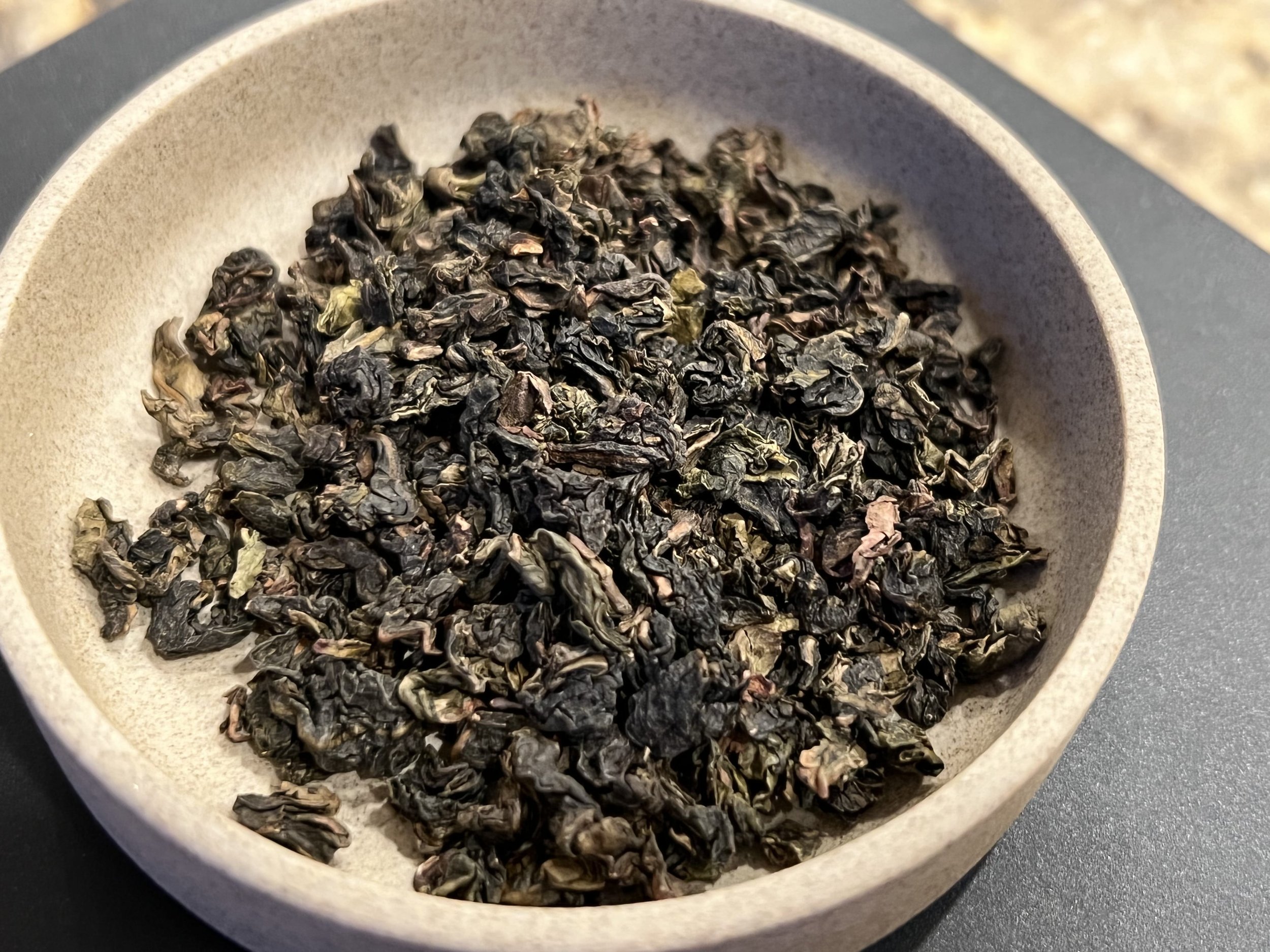Tea Ware
Fundamentally, it doesn’t take much to brew tea. Just a cup and tea leaf. The minimal supplies required to brew tea means that ancient civilizations were able to discover and brew tea without modern technology, and that tea brewing does not require fancy equipment to get started.
My journey started with boiling water in a microwave and grocery store tea bags. Overtime, I have gathered a collection of tea ware that I am satisfied with, which was quite the challenge as I am very picky with artistic designs. The many styles of pots, cups, and tea ware allow for unique artistic expression, so when looking for your own items, I recommend that you to seek out a design that truly speaks to you.
The Kettle
When I was looking for a kettle, there were some very specific features that I was looking for:
Gooseneck shape for a controlled pour
Fine temperature control with 1º increments in ºF and ºC
Wide temperature range from boiling (212ºF or 100ºC) down to 40ºC (104ºF) for temperature sensitive teas (such as gyokuro)
Fast heating from room temp to boiling
Auto shut-off for the forgetful
The kettle that I selected and am very happy with is the Stagg EKG Electric Kettle.
I also recommend the Bonavita Variable Temperature Kettle, although this one has some quirks I was not fond of compared to the Stagg.
Gaiwan
A gaiwan is a three piece vessel used to brew teas, consisting of a tea cup shaped bowl, a base or saucer, and a lid. There are many reasons to use a gaiwan (as opposed to a teapot or other brewing vessels). Here are some of the positive qualities of a gaiwan:
They allow for a versatile brew, allowing easy adjustments to water volume, and steep time.
The tea leaf is easily visible through the wide opening, and most gaiwans are white on the inside.
They are inexpensive, allowing you to get started for a low cost, or amass a huge collection.
There are many many artistic designs to choose from.
They are easier to clean than nearly every other tea brewing vessel.
Some good places to shop for Gaiwan include
Tea Scale
There are two ways to brew tea. Just wing it, or pretend like you are in a chemistry lab. I prefer the latter, and I like being exact with my temperature and weight measurements. Can you tell the difference between 4 grams and 5 grams of tea? How about 80 mL or water vs 100 mL? In most cases, “good enough” works, but if “good enough” isn’t good enough for you, the tea scale that I prefer is the TIMEMORE Coffee Scale. I like this scale due to its sleek design, ability to measure as accurately as ±0.1 grams, and also time your infusions.
Pro Tip: 1mL of water is exactly equal to 1 gram of water, so you can measure 100mL of water by pouring 100g on the scale.
Tea Leaf
Perhaps the most important part, the actual tea! The most common categories of tea include green, white, oolong, black, and puerh. Wait, what is puerh tea? Unlike white, oolong, and black tea, which are various levels of oxidized, puerh tea (pronounced poo-err) is also fermented and aged. To learn more about the different types of tea, take a look at my main Tea page.
For a list of my recommended tea shops, check out my Tea Shops page.
Learn More
Here are some great resources to learn more about gaiwans:
Read Sip More Tea
A unique insect-bitten mi xiang black tea with notes of wildflower honey and canned peaches.
A characteristic cinnamon aroma tea with a mix of spiced, smokey, sweet, and rocky notes.
A beautiful spiral rolled green tea with tasting notes of artichoke and steamed vegetables.
A black tea variant of the famous Bi Luo Chun green tea, with notes of chocolate, flowers, and a nutty finish.
A vibrantly deep purple herbal tea with notes of cinnamon, lemon grass, and sweet berries.
























